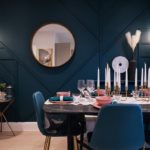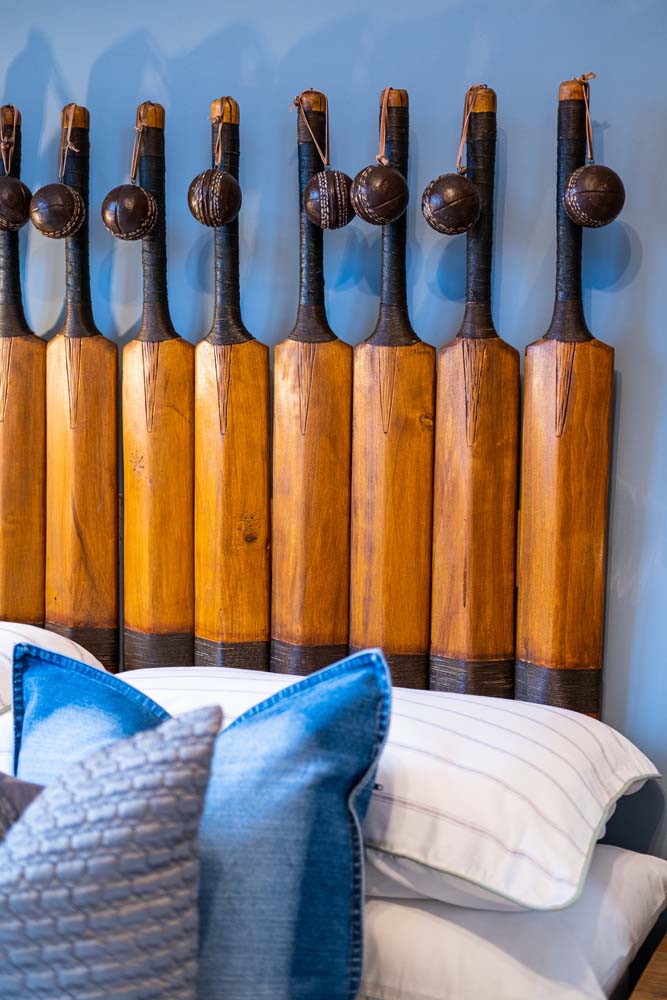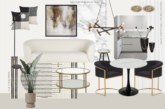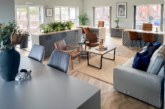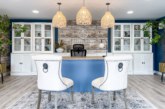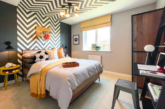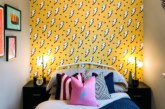 As the new Help to Buy scheme gets underway alongside the newly introduced starter homes, specifically targeting the first-time buyer market, Andy Richardson, managing director at Edward Thomas Interiors talks about creating show homes to inspire those making their first steps on the property ladder.
As the new Help to Buy scheme gets underway alongside the newly introduced starter homes, specifically targeting the first-time buyer market, Andy Richardson, managing director at Edward Thomas Interiors talks about creating show homes to inspire those making their first steps on the property ladder.
One of our first considerations when styling new homes at the moment is highlighting any flexible or versatile space. The last year has seen a substantial change in how we use our homes, and creating multi-purpose living/working/schooling/entertaining areas has become a major interior trend. People want to be “space-smart”. But how do you achieve this in smaller properties and with a first-time buyer budget?
Using the logical flow of the property is a great place to start, you want to avoid creating pinch points with bulky objects or pieces of furniture. Consider using temporary screens or partitions to create a distinguishable dining or home working area. Also, try to remember not to overlook spaces and think imaginatively, those hidden or transitional areas like landings, eaves, top of the stairs could make a great home office, walk-in closet, hobby room or library. One of the most innovative designs we’ve come across recently is what I’ve call a lootility, a very functional area that doubles as both a downstairs cloakroom and utility room/laundry!
In terms of styling, we still want to create a sense of aspiration. There was a tendency for first-time buyer homes to look very sterile and minimalist, but this has shifted and we’re now seeing a more deliberately eclectic mix, combining Scandi, industrial and bohemian styles along with obviously sustainable fabrics such as rattan, cane, wicker and bamboo. This is perhaps indicative of the fact the average first-time buyer is 34, probably well-travelled and has amassed a mismatched collection of furniture and personal items.
Upcycling is another big interior trend and a very cost-effective way to make original and eye-catching pieces. Lately, we’ve seen old ladders re-purposed as freestanding shelves, window frames as chalk boards or wooden pallets into storage. On one of our recent schemes, we even made a headboard from old cricket bats. I suppose the message here is that not everything in a new home has to be new. Second-hand, vintage or antique purchases can be transformed with colour and accessories, so don’t dismiss the local car boot sale or flea market. There are also some great apps to show how a piece of furniture could be upcycled if you need extra inspiration.
From the buyer’s perspective, it’s important to remember not everyone wants to live in a show home. Styling should express personality and individual taste so fill homes with things you like, that are meaningful and have a story. Both the high street and online have great homeware options, try H&M, Matalan, Zara Home, Wayfair or Made and don’t forget supermarkets as they often have good one-off pieces.
When decorating, panelling and painting are both very easy ways to transform the look of a room and you can consider feature walls, half height walls, and even ceilings to begin with, any of these would make a statement. Layering and texturing is another good way to add a personal touch as are photo galleries or decorative picture rails. Also think about your lighting, table lamps, floor lamps and side lights offer a great alternative to the main lights that can instantly make a room feel more inviting.

